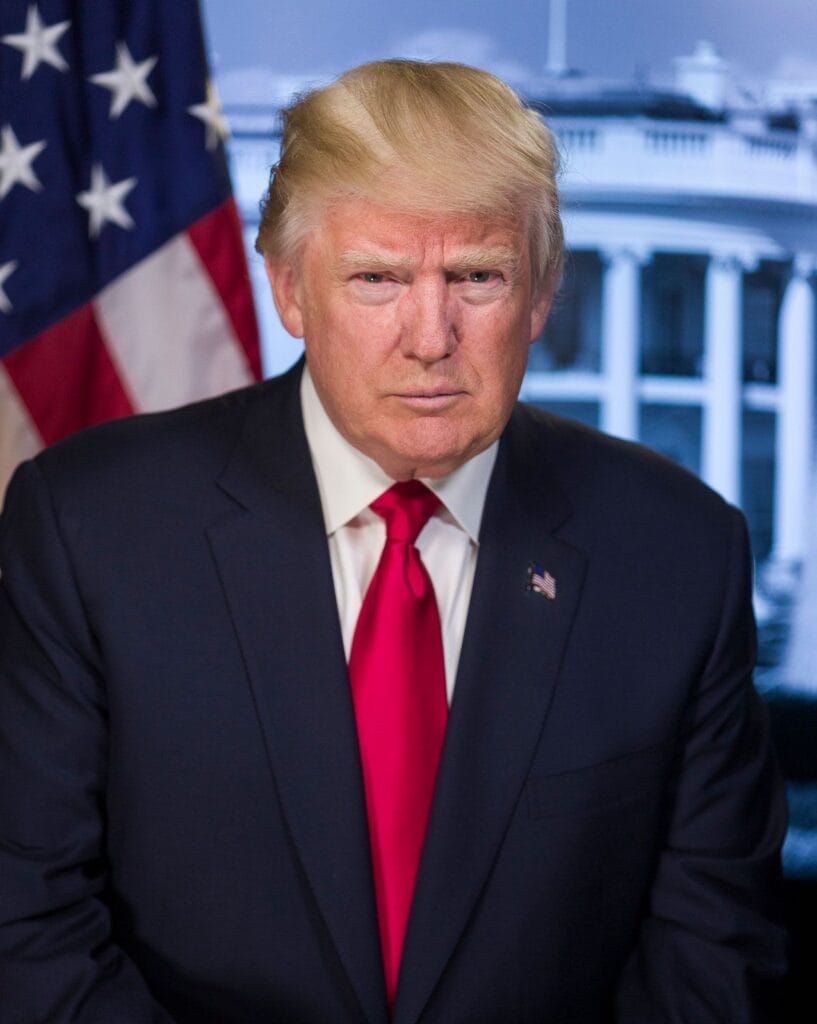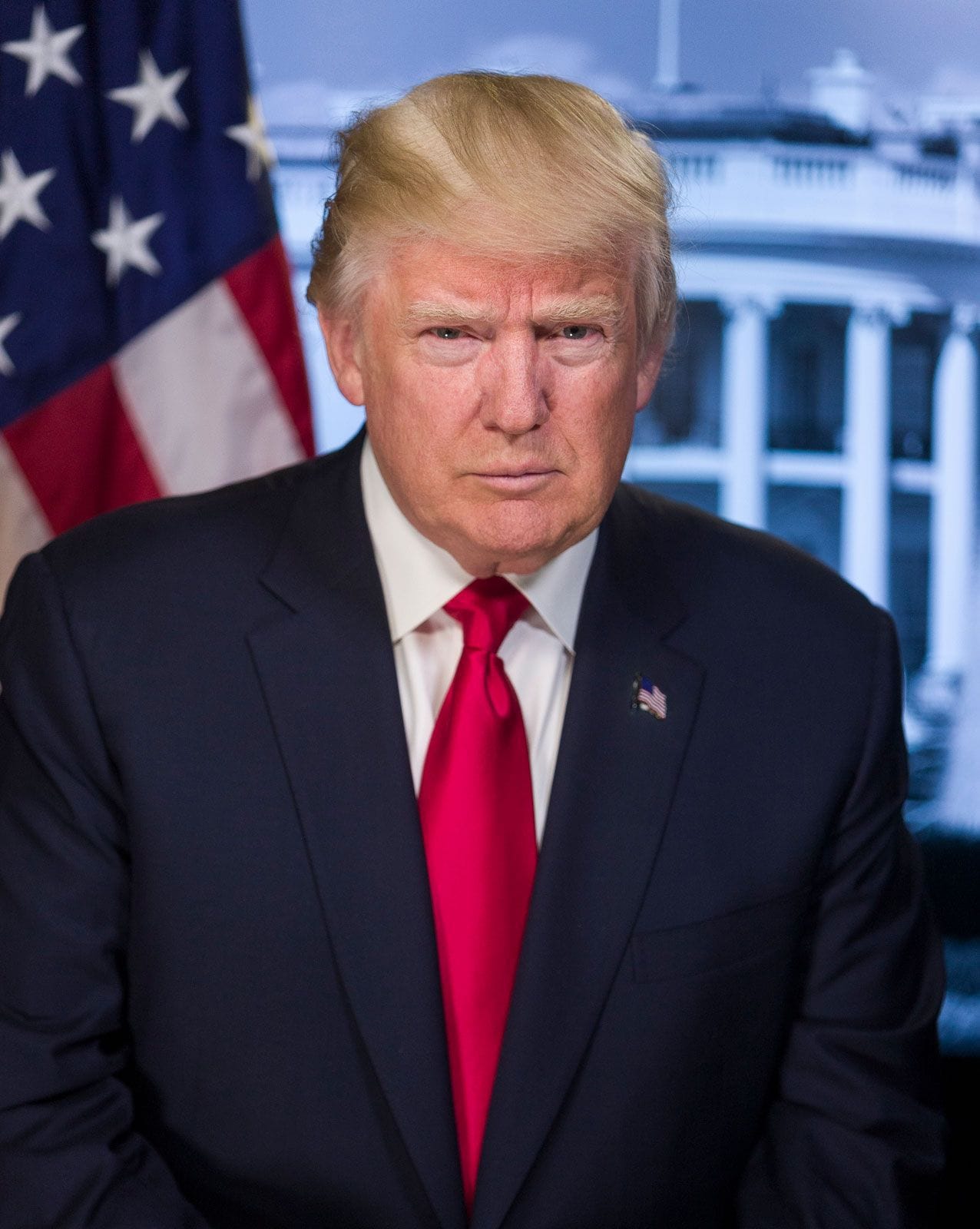Trump Visa Policy raises H-1B visa fees to $100K and introduces a $1M gold card for U.S. citizenship, reshaping immigration rules and sparking legal debates.
President Donald Trump has introduced a sweeping Trump Visa Policy, dramatically raising H-1B visa fees to $100,000 per year and launching a $1 million “gold card” visa for wealthy foreigners seeking a fast track to U.S. citizenship.
The initiative is already facing legal scrutiny and sparking debate among business leaders, labor advocates, and immigration experts.
Under the proposed changes, fees for skilled-worker visas would rise from $215 to $100,000 annually, while investor visas—currently priced between $10,000 and $20,000—could jump into the millions.
Supporters say the policy prioritizes American workers, while critics warn it could disrupt industries that depend heavily on foreign talent.
H-1B Visa Fees and Policy Changes
H-1B visas allow foreign workers with at least a bachelor’s degree to fill specialized positions, especially in technology, engineering, and science sectors.
Critics argue the program has often been used to hire foreign talent willing to accept lower wages—sometimes as low as $60,000—compared to U.S.-trained professionals earning well over $100,000.
Commerce Secretary Howard Lutnick defended the plan, stating:
“If you’re going to train people, you’re going to train Americans. Only positions that justify the $100,000 H-1B fee will continue to rely on foreign talent.”
Key points of the H-1B changes include:
- Fees increase to $100,000 per worker per year.
- Fewer mid-level positions are expected to be filled by foreign workers.
- High-skilled roles remain eligible if employers can justify the higher costs.
The policy is designed to encourage companies to invest in domestic talent pipelines and reduce reliance on lower-cost foreign labor.
Gold and Platinum Cards
A cornerstone of the Trump Visa Policy is the introduction of the gold and platinum cards:
- Gold Card Visa ($1M): Provides a path to U.S. citizenship for foreign nationals after vetting. Corporate sponsorship costs $2 million per employee.
- Platinum Card ($5M): Allows holders to spend up to 270 days in the U.S. annually without paying taxes on non-U.S. income.
These cards are intended to replace traditional employment-based visas for high-skilled workers, including professors, scientists, artists, and athletes.
Lutnick clarified that while H-1B and gold cards could be implemented by presidential authority, the platinum card would require congressional approval.

Support and Criticism
The Trump Visa Policy has drawn mixed reactions:
- Support: Advocacy groups such as U.S. Tech Workers have praised the plan, saying it could curb the replacement of American employees with cheaper foreign labor.
- Criticism: Immigration experts warn of potential legal challenges. Doug Rand, a former USCIS official, called the policy “ludicrously lawless” and described it as a publicity-focused move rather than a practical solution.
Other industry voices, including major tech companies, have yet to provide formal responses.
Analysts note that fee increases could impact hiring patterns, especially for mid-level technical positions.
History and Controversy of H-1B Visas
H-1B visas are allocated through a lottery system to manage high demand. In 2024:
- Amazon received over 10,000 H-1B visas.
- Other top recipients included Tata Consultancy, Microsoft, Apple, and Google.
- California employed the highest concentration of H-1B workers.
Critics note that many visas are used for entry-level positions, allowing companies to pay lower wages while hiring experienced foreign workers.
Outsourcing firms such as Wipro, Infosys, HCL Technologies, IBM, and Cognizant frequently employ foreign workers and assign them to U.S.-based clients to reduce costs.
Lottery Reforms and Fraud Prevention
The H-1B lottery has faced criticism for manipulation:
- In 2024, lottery participation dropped nearly 40% after authorities cracked down on multiple applications per worker.
- USCIS now limits candidates to a single entry, regardless of job offers.
Labor groups, including the AFL-CIO, have called for a merit-based allocation system where visas are awarded to companies offering the highest wages, rather than relying on random selection.
The Trump Visa Policy supports this principle by emphasizing cost-based screening and limiting low-fee H-1B hires.
Economic and Workforce Implications
The Trump Visa Policy could reshape the U.S. labor market:
- Mid-level positions may increasingly be filled by domestic talent.
- Companies relying heavily on foreign talent may face staffing shortages or increased operational costs.
- Gold and platinum cards target wealthy foreigners, attracting capital but affecting only a small segment of workers.
Supporters argue that these changes will strengthen the domestic workforce and reduce dependency on foreign labor, while critics worry about disruption in sectors like technology and engineering.
Personal Stories and Broader Context
The H-1B program has historically shaped U.S. immigration:
- First Lady Melania Trump, born in Slovenia, received an H-1B visa in 1996 to work as a model.
- For technology employees, the lottery system has often dictated career paths, and the fee changes under the Trump Visa Policy may reduce uncertainty while reshaping opportunities.
Legal Challenges Ahead
Parts of the Trump Visa Policy are expected to face court scrutiny. While the president can influence visa rules, significant fee changes and pathways to citizenship typically require congressional approval. Legal challenges are anticipated, particularly regarding the gold and platinum card provisions.
Looking Ahead
The Trump Visa Policy represents one of the most significant U.S. visa reforms in decades.
By dramatically increasing H-1B fees and creating million-dollar citizenship pathways, it signals a shift in immigration priorities: limiting low-cost foreign labor while attracting wealthy investors.
The final impact will depend on court decisions, congressional action, and reactions from technology companies, labor unions, and advocacy groups.
For now, the policy underscores Trump’s continuing influence on immigration policy and raises questions about balancing workforce protection, economic strategy, and international competitiveness.



